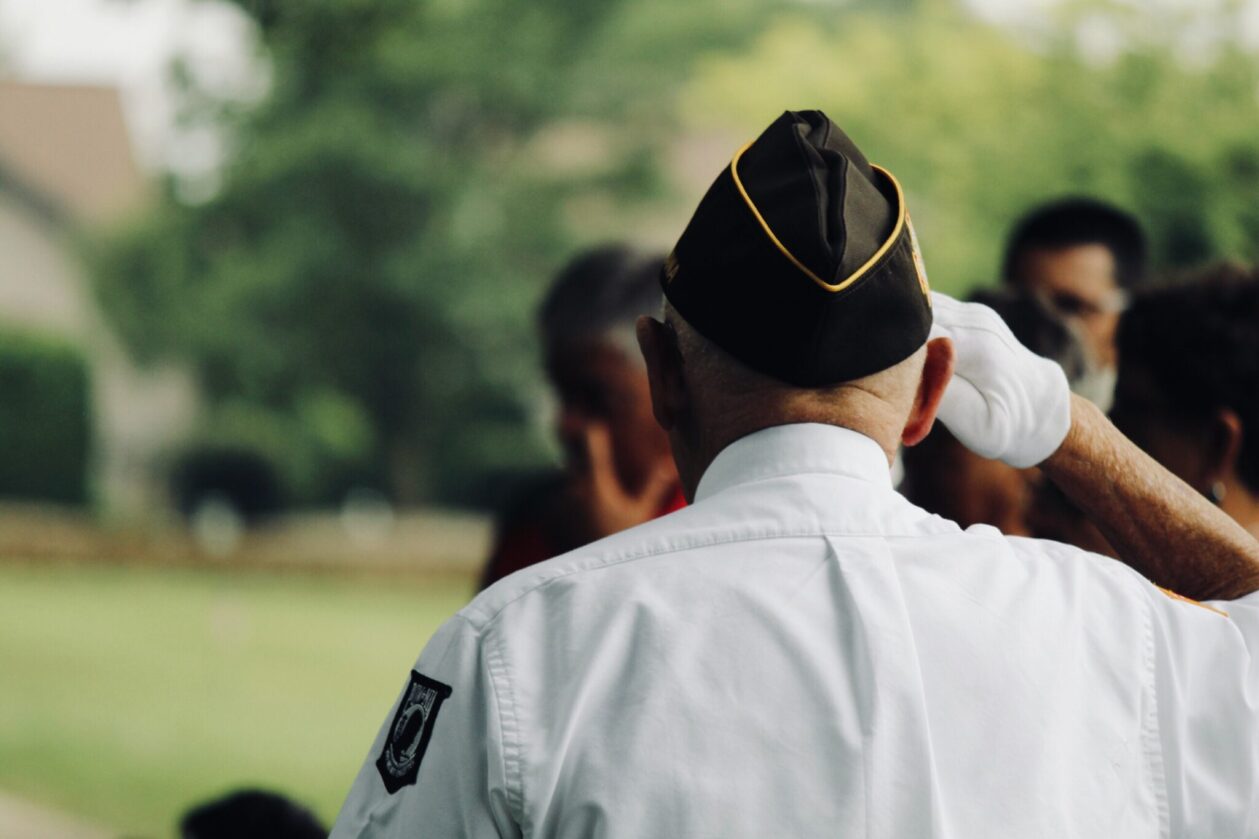Hiring veterans is a business decision that can lead to long-term positive outcomes for veterans and employers of all sizes, spanning across all industries. Recently, household names from Microsoft to Wells Fargo have set forth ambitious veteran and military spouse hiring goals, introduced training and mentorship programs and promoted the value of these individuals on a global scale. If you’re considering launching a military veteran hiring effort, regardless of the size of your business or what types of roles you’re looking to fill, here are a few tips to help you reach, recruit and retain military veterans.
Understanding Unique Skillsets
Veterans possess invaluable, intangible qualities gained during service that make them inherently suited to create an impact across individual and team tasks. Veterans are comfortable delegating but also are able to wear many hats at once. A veteran’s situational awareness and emotional intelligence allows them to offer colleagues across different departments advice and perspectives based on shared experiences or relevant skills.

In any veteran candidate, you will find incredible adaptability. Veterans welcome change and can react to it immediately without issue. When acquiring new skills, veterans have experience training under a wide variety circumstances, often at a fast pace. Shifting gears mid-mission or reviewing best practices moments before a conflict are commonplace, leaving veterans with an incredibly accelerated learning curve. In a civilian workforce, veterans can jump into any type of training—on-site, digital or virtual—and make the most of it.
During military service, personnel must collaborate with local government leaders as well as service members and citizens from other nations, often in unfamiliar, austere and hazardous environments. Exposure to diversity from a global, operational standpoint fosters a unique and creative resiliency in veterans that can prove to be a boon to any civilian workplace.
Approaching Hiring
When hiring veterans, accountability is key. If appropriate, announce your efforts, highlight and track any metrics or KPIs. Depending on your business’ protocols, this announcement can range from something formal, like a press release stating intentions to an internal update, encouraging staff to participate in this process. Follow up with a coordinated, well-defined outreach program, catered both to veteran groups and the specific roles you’re looking to fill. If you already have veterans or military spouses on staff, bring these team members into all stages of the hiring process. Put them in charge of outreach to veteran groups and at local events and give them a seat at the table during screening, recruiting and onboarding meetings.

Remember, active recruiting is a two-way street. As an employer, what resources can you offer veterans? Look for ways to adapt existing mentorship programs. Veteran staff members are always a great resource for new hires looking to gain perspective on their role and the company at large. If this is your first foray into veteran hiring, you can structure mentorship programs in other ways, setting up veterans to shadow supervisors or have regular, more informal check-ins with others in similar roles to help gauge progress and discuss questions and concerns. Establish or outline these processes early in your efforts so you can highlight them during recruitment conversations and interviews.
Creating an Environment that Fosters Success
If your company has made a commitment to support military veterans and families through hiring initiatives, adapting your business environment to retain these individuals is just as important as hiring them in the first place. With the right support system and professional development programs, not only will veteran hires gain confidence, they’ll acquire tangible skills that benefit your business’ culture and bottom line.
Mentorship programs offer opportunities to discuss challenges and questions with veteran and civilian colleagues at all levels of the company. Veterans are incredibly adaptable and receptive to feedback; integrate formal and non-formal opportunities for colleagues, leaders and managers to provide after-action reviews. This will help veterans understand shifting goals and broader company culture. Like with any new hire, establish a three-to-five-year plan for the veteran’s career trajectory, outlining key milestones they’ll need to achieve to move ahead. These conversations should always be reciprocal; encourage veteran hires to write down their own goals and benchmarks to see where these fit into your standards and broader goals.
Encourage veterans and teams managing veterans to participate in certification programs, whether they are official, industry training courses or more simplified in-house seminars, the training environment is one in which a veteran will thrive. Introducing and promoting these programs will help you build, strengthen and retain your workforce across the board. Those who take the courses will often impart their new knowledge on other colleagues.
The benefits of establishing a veteran hiring and training program within your business are endless. Through a strategic approach involving company leadership at all levels, coordinated outreach and dedicated professional development programs, you can support the veteran community, promote diversity and drive success within your business.
Justin C. Pearson, First Sergeant, U.S. Army (Ret.), is VP of Business Development at the American Armed Forces Mutual Aid Association (AAFMAA). Justin served in the U.S. Army for 20 years, earning the Bronze Star during a combat tour in Afghanistan. Justin has experience managing strategic partnerships and collaborating with Fortune 1000 companies to expand their military talent pipeline.






